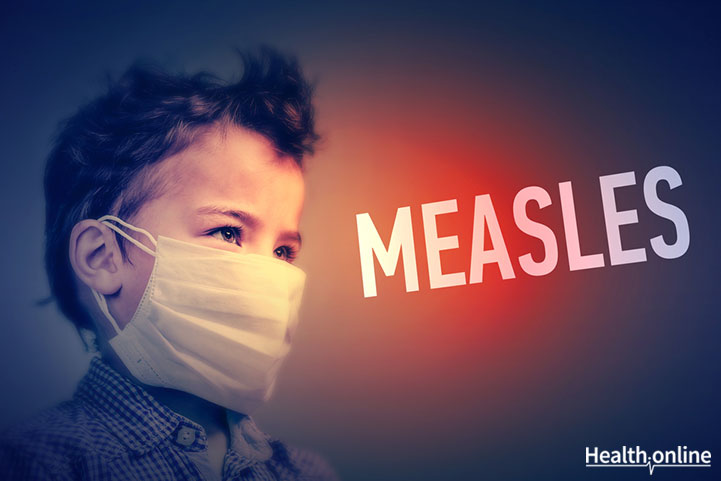
Overview & Causes of Measles
Measles, also called rubeola , is a highly contagious respiratory infection that’s caused by the measles virus (MeV). Although the disease is now uncommon in the United States, it is estimated that over 20 million cases happen every year worldwide. Before medical intervention in 1980, measles caused around 2.6 million deaths annually.
According to the World Health Organization, measles is among the leading causes of death among young children, even though safe and cost-effective preventive measures are put in place. Over 134, 200 deaths worldwide were caused by measles—that’s about 15 deaths per hour!
Although the disease is most common in young children, anyone can get it if they haven’t been vaccinated, or if they haven’t had it before. Since this health condition is caused by a virus, there is no specific treatment for it; the virus has to run its course. The initial symptoms develop around ten days after one is affected, and clear within seven to ten days.
Even though the disease is highly contagious and life threatening, it is easily preventable. Two doses of the MMR vaccine (measles vaccine) can provide effective protection for you, your family, and the wider community. It is reported that over 95 percent of those vaccinated are protected from contracting the disease.
World Health Organization reports that over 20.3 million deaths have been prevented since the invention of the measles vaccine, which makes this vaccine one of the best innovations in public health. This makes the trend of parents choosing not to vaccinate their children all the more concerning. There have been outbreaks of Measles in crowded places like Disney World due to this trend. Remember always, not vaccinating your child puts both your child and others at risk.
Causes and Contagiousness
Measles is caused by the rubeola virus. This virus lives in the mucus of the noses of those who have been infected. It can be transmitted to an uninfected person four days before the rashes appear, and continues to be transmissible for about four to five days after the rashes appear. This means that people who are not aware they have the virus can be spreading it to others without knowing they are sick.
The virus can also remain active on an object for about two hours! According to the World Health Organization, 90% of those people who aren’t vaccinated will get measles if they are near an infected person or exposed to the rubeola virus. Once exposed to the virus, the symptoms might not show up till eight to ten days later.
The virus may spread through:
- Touching or coming into contact with surfaces that have infected mucus, and then unknowingly putting your fingers into your mouth, or rubbing your eyes or nose.
- Close personal contact with an infected person; particularly, being close to an infected person while they cough and sneeze.




